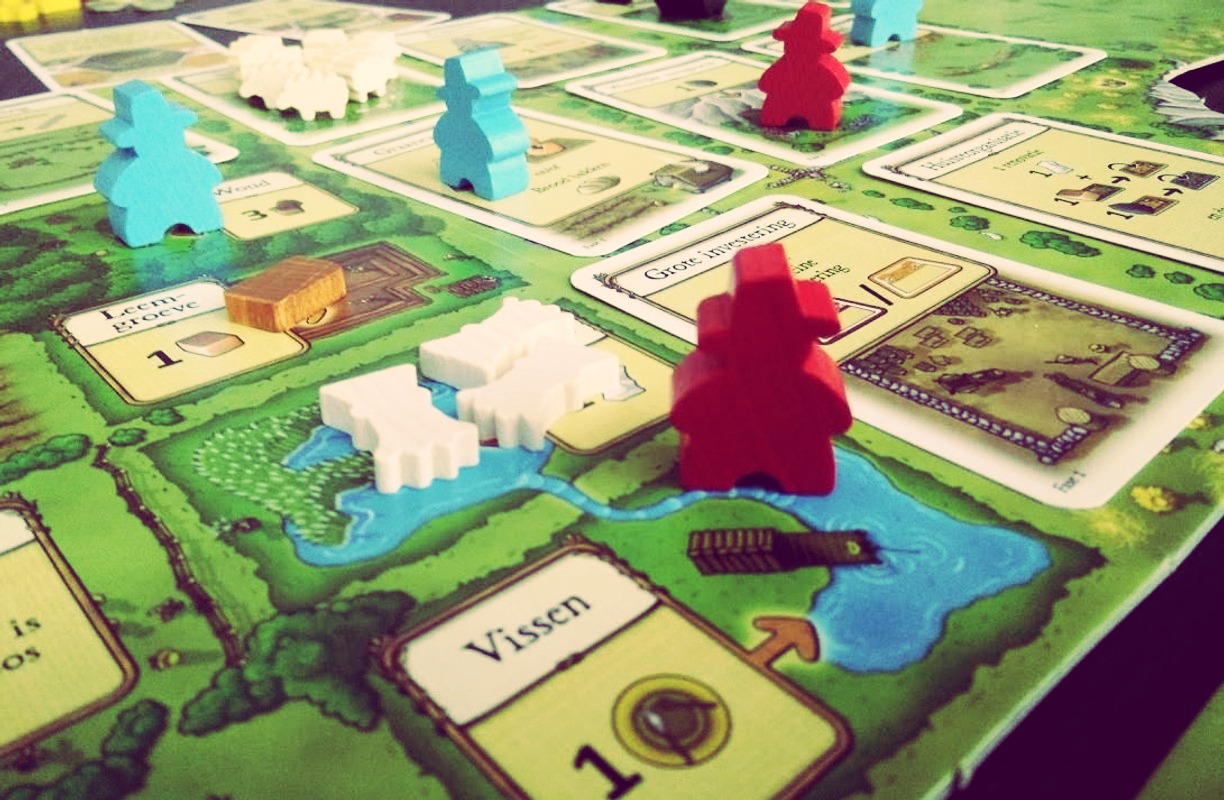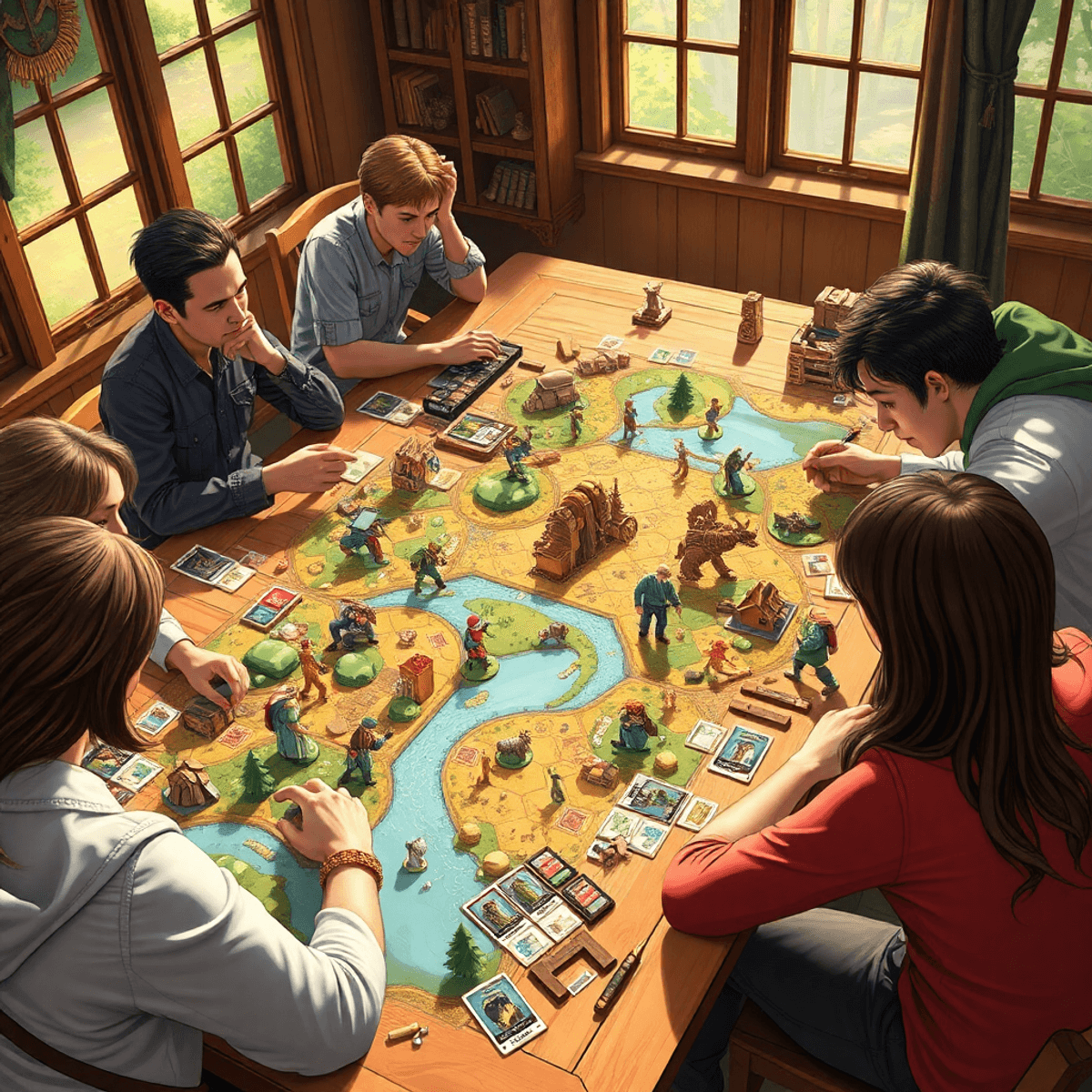
🏗 What Is Worker Placement & Why Do Players Love It?
The worker placement appeal comes from its strategic depth and sense of control. Unlike games where luck dominates, worker placement forces players to plan ahead, make tactical decisions, and adapt to changing board states.
In worker placement games, players take turns assigning workers to limited action spaces to gain resources, build structures, or trigger abilities. The key to its satisfying nature lies in the competition for valuable spots and the feeling of executing a well-planned strategy.
🎲 The Psychological Appeal of Worker Placement Games
Worker placement games feel rewarding because they tap into several core psychological drives.
Why Worker Placement Feels So Good:
- Sense of Ownership – Every placed worker feels meaningful, creating a strong connection between decisions and outcomes.
- Limited Action Spaces Create Tension – When opponents take a crucial action spot, it forces players to rethink their strategy on the fly.
- High Strategic Depth with Minimal Randomness – Unlike dice-based mechanics, worker placement rewards skill and planning over luck.
- Engine-Building Satisfaction – Many worker placement games let players unlock better actions, creating a powerful sense of progression.
These elements make worker placement games deeply engaging and intellectually stimulating.

🏛 How Worker Placement Evolved Over Time
The worker placement appeal didn’t happen overnight. It developed through decades of board game evolution, with each new game refining the mechanic.
Notable Worker Placement Milestones:
- Agricola (2007) – Popularized the worker placement genre, balancing resource management and strategic blocking.
- Lords of Waterdeep (2012) – Added hidden objectives and variable strategies, increasing replayability.
- Viticulture (2013) – Introduced a season-based worker system, making timing crucial.
- Dune: Imperium (2020) – Combined worker placement with deck-building, creating a unique hybrid mechanic.
Each of these games expanded and refined what makes worker placement games so satisfying to play.
🌍 Worker Placement in Different Board Game Genres
Although worker placement began in Eurogames, it has since expanded into many different genres.
Genres That Feature Worker Placement:
- Economic & Resource Games – Agricola, Viticulture, Brass: Birmingham
- Adventure & Thematic Games – Dune: Imperium, Everdell, Lords of Waterdeep
- Hybrid Strategy Games – Lost Ruins of Arnak, Anachrony
This versatility keeps worker placement fresh and exciting, allowing designers to blend it with other mechanics.
🎭 Conclusion: Why Worker Placement Keeps Players Coming Back
The worker placement appeal stems from its blend of strategic planning, limited choices, and meaningful decisions. Unlike luck-driven games, worker placement makes every action deliberate and rewarding. Find out why worker placement games are must-haves for collectors.
As designers continue to experiment with new hybrid mechanics, worker placement will remain a staple of modern board gaming.




